Which 19th century ironworker are you?
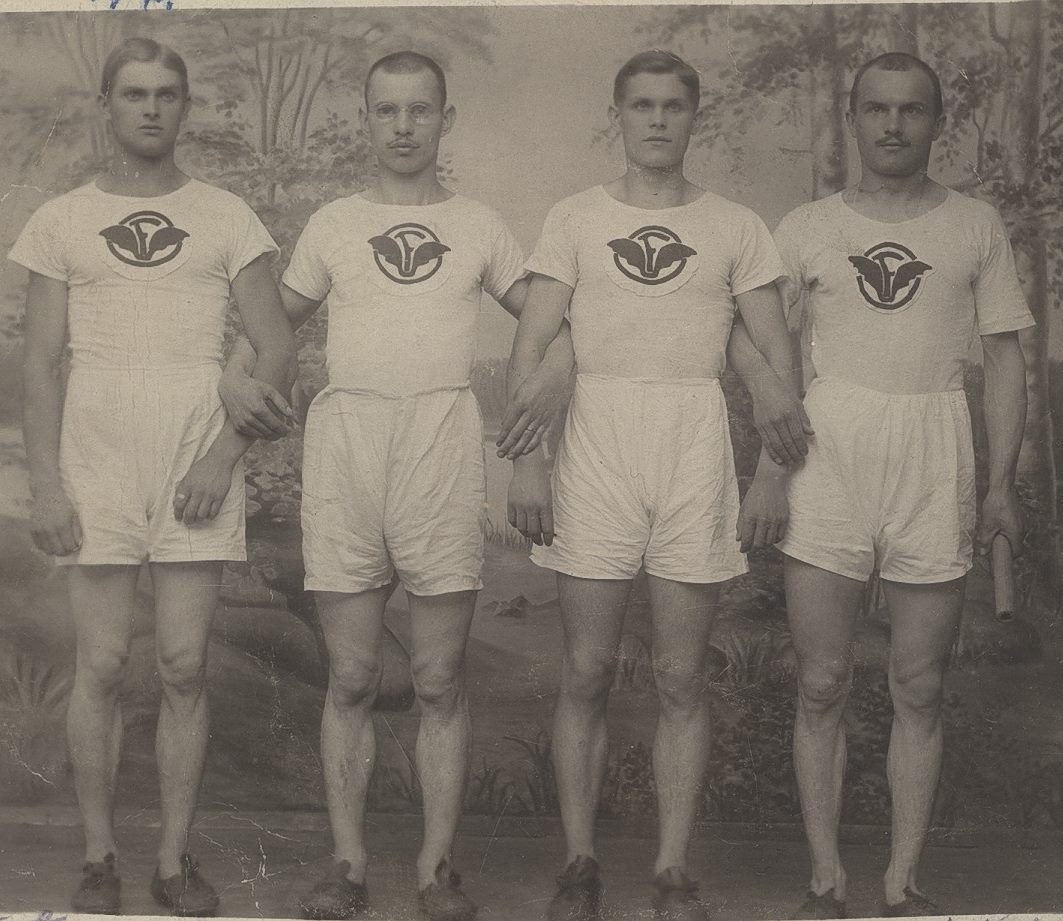
Question 1/5
I enjoy manual labour. Next Question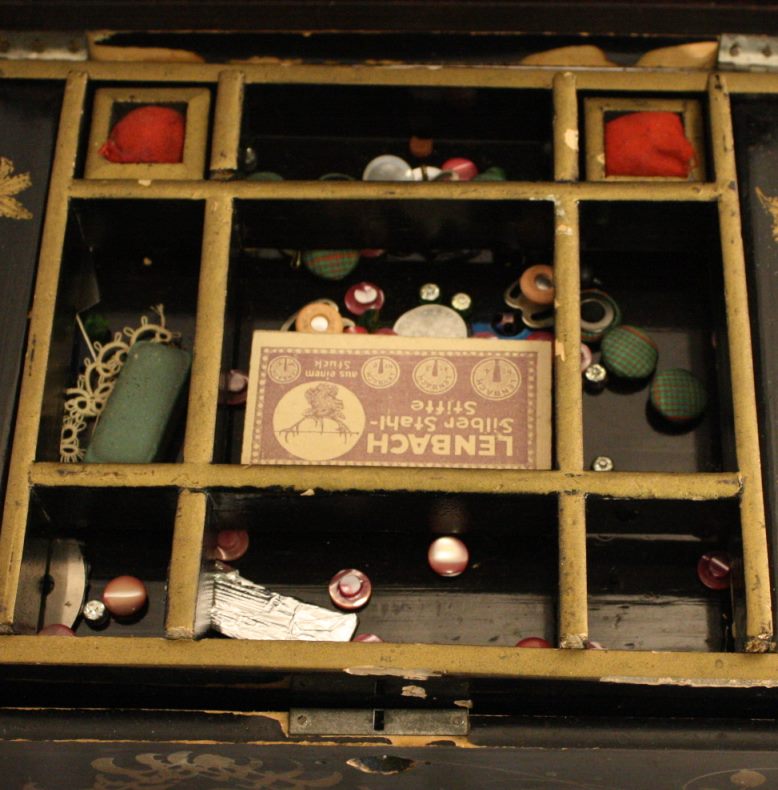
Question 4/5
I enjoy working with details. Next Question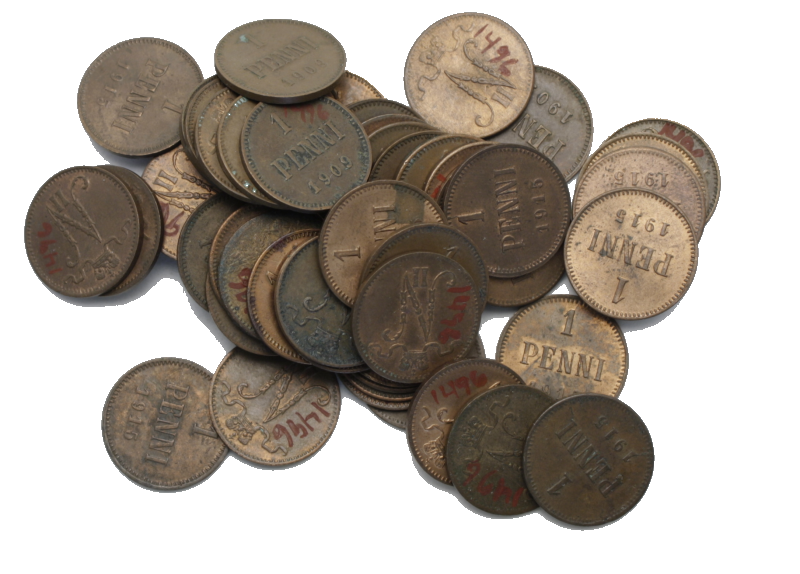
Question 5/5:
At least one of my parents works as an entrepreneur, is well educated or is very wealthy.
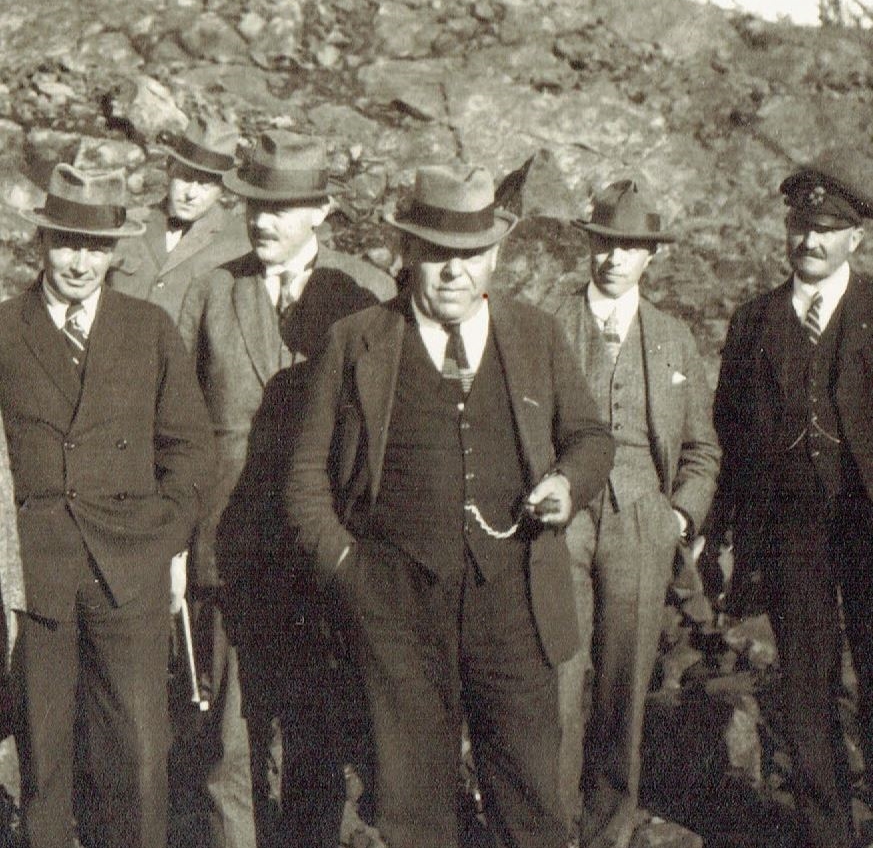
The ironworks owner was usually also the executive director. The general development of the ironworks lied on the shoulders of the owner and he handled the investments and finance as well. Some of the owners got richer but there were also many who went bankruptcy when the work wasn´t profitable.
The hierarchy of the social life was strong during the 19th century so that owners and the workers didn´t mingle. The community was still strong because of the owner and workers were dependent on each other. The Ironworks owner had to rely on the hard-working employees so it was also his best interest to take care of their wellbeing.
Are you ready? Now you can put on the ironworks owners outfit. Taking photos is allowed.
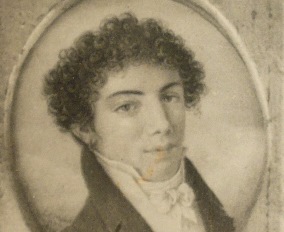
There has been many productive ironwork owners but one can hardly call Ludvig Björkman that. He bought Fiskars ironworks from his father with a cheap price during 1815. Ludvig was then only 24 years old and was dreaming of a luxurious life as the owner and was not very interested on financial management.
The copper price sank strongly but also Ludvigs extravagant lifestyle cost him the ironworks after seven years of ownership. He had to sell the ironworks and Johan Jacob von Julin became the new owner. The Manor house (stone house) is one of the long lasting monuments of Ludvig Björkmans time in Fiskars, though Ludvig used his father’s money to build it.
Back
In the foundry the iron pigs were melted and cast to different molds. From this process became pans and pots, mortars and oven doors for example. The work was hard and the founders were said to be strong men during those days.
The day started 5.30 in the morning. The breakfast break was 8 o´clock and from there on the men worked till dinner time. At 5pm the founders had 15 minutes of coffee break and after that they continued to work until 7.15pm. As in other places the founders started working as young boys. As a young apprentice the boys’ first duty was to add wood to the smelting furnace. Despite of the hard and dangerous labor many of the workers lived a long life.
Are you ready? Now you can put on the foundry workers outfit. Taking photos is allowed!
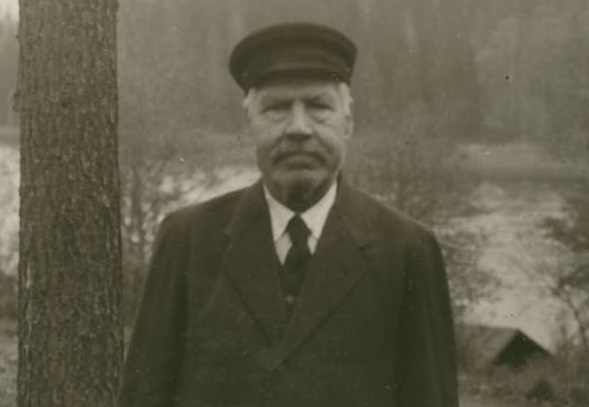
Karl Wiman started his carrier when he was 9 years old at the machinery workshop in the” firewood department”. His father was Kalr Fredrik Wiman who worked at the rolling mill and his mother was Eva Erika Lindh. They lived at the Kulla, which was the house; build for the workers of the rolling mill. Kalle worked in the foundry for his whole carrier, played in the brass band and was a member of the temperance society. Once in a while he got invited to the ironworks head office to dine with the genteleman and was then called the manager Wiman.
During an air alarm at the Second World War Kalle was running towards the Hasselbacka holding his chest and moaning in pain. He had trouble running in the snow with his big clogs. This event took a toll on him and he had to be taken to the hospital where he died the 12th of march 1940. Kalle Wiman was one of the loyal workers of the ironworks.
Back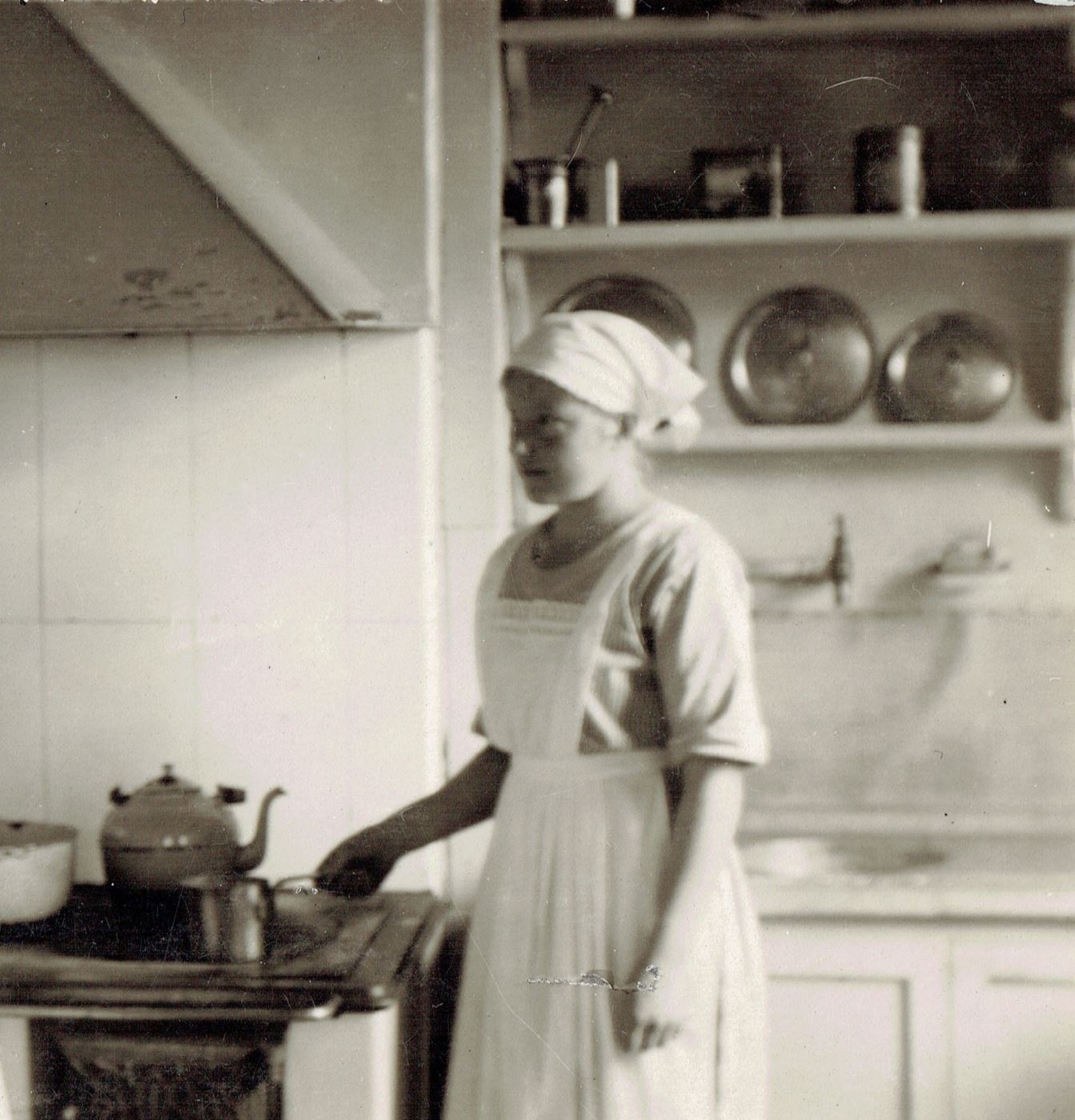
A housekeeper worked in the wealthier households. If the household had money to hire only one servant the housekeeper took care of the cooking, cleaning and the childcare. The old housekeepers were most found of taking care of the children. The families often took care of their old and beloved housekeeper until the end of their lives and remembered them on their last wills.
Are you ready? ? Now you can put on the housekeepers outfit. Taking photos is allowed.

Lulla was born the 8th of February 1841 in St. Petersburg as the youngest of her three siblings. Her father was a cabinet member and a knight Carl von Sclüter and mother was Amalie Hillebrandt. When Lulla was older she worked as a housekeeper in Fiskars for a public officers family. She worked and lived with the family until she died. Aunt Lulla was a very beloved person in Fiskars and entertained the ironworkers in the theater, telling stories and trough music. The children thought that a play was no good without aunt Lulla because she was always so funny.
Back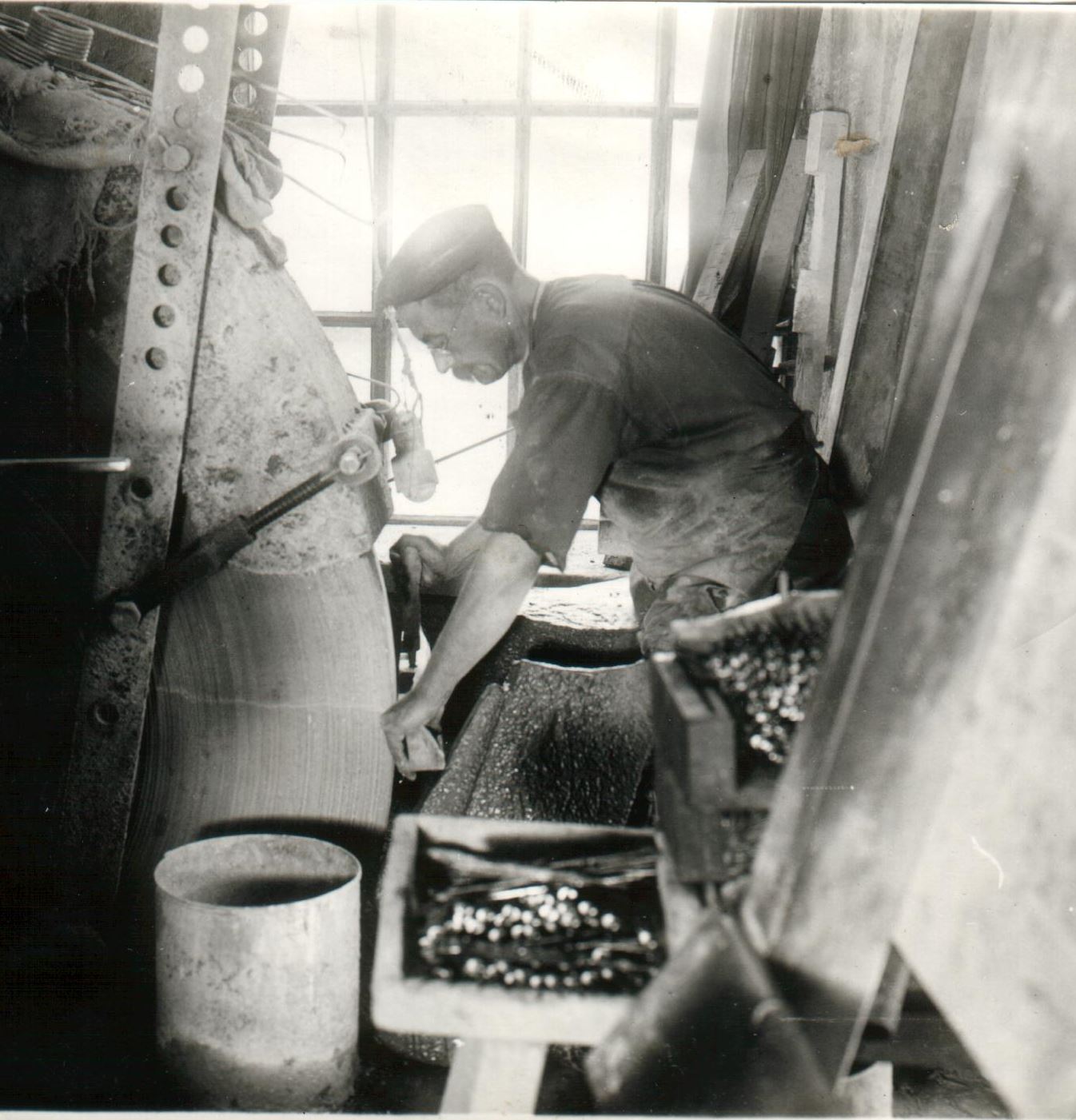
The smith´s worked in the cutlery mill. They produced for example knives and forks which made Fiskars veryfamous. The smith’s job was slow and required lots of details and preciseness. Cutlery making was an art form of handcrafts.
The education to be a cutlery smith was started at the young age of 8-10 and lasted for eight years. Later the smiths could rise up to be masters. A proud smith would hold on to his trade secrets tightly. The unfinished objects were locked away after work for no one to be seen. If there were any flaws in the objects a smith had to start the work all over and this was thought to be very shameful. “During that time we made prime knives” says many old smiths.
Are you ready? Now you can put on the smith´s outfit. Taking photos is allowed!

Smith Long Bergen was a tall and strong man. He had bushy eyebrows and nicely combed hair. He was known to be a good smith but also a good music player, dancer and a charmer. “There are always pretty girls around me” he bragged. As many other Fiskars villager he also got extra food on the table by fishing.
Back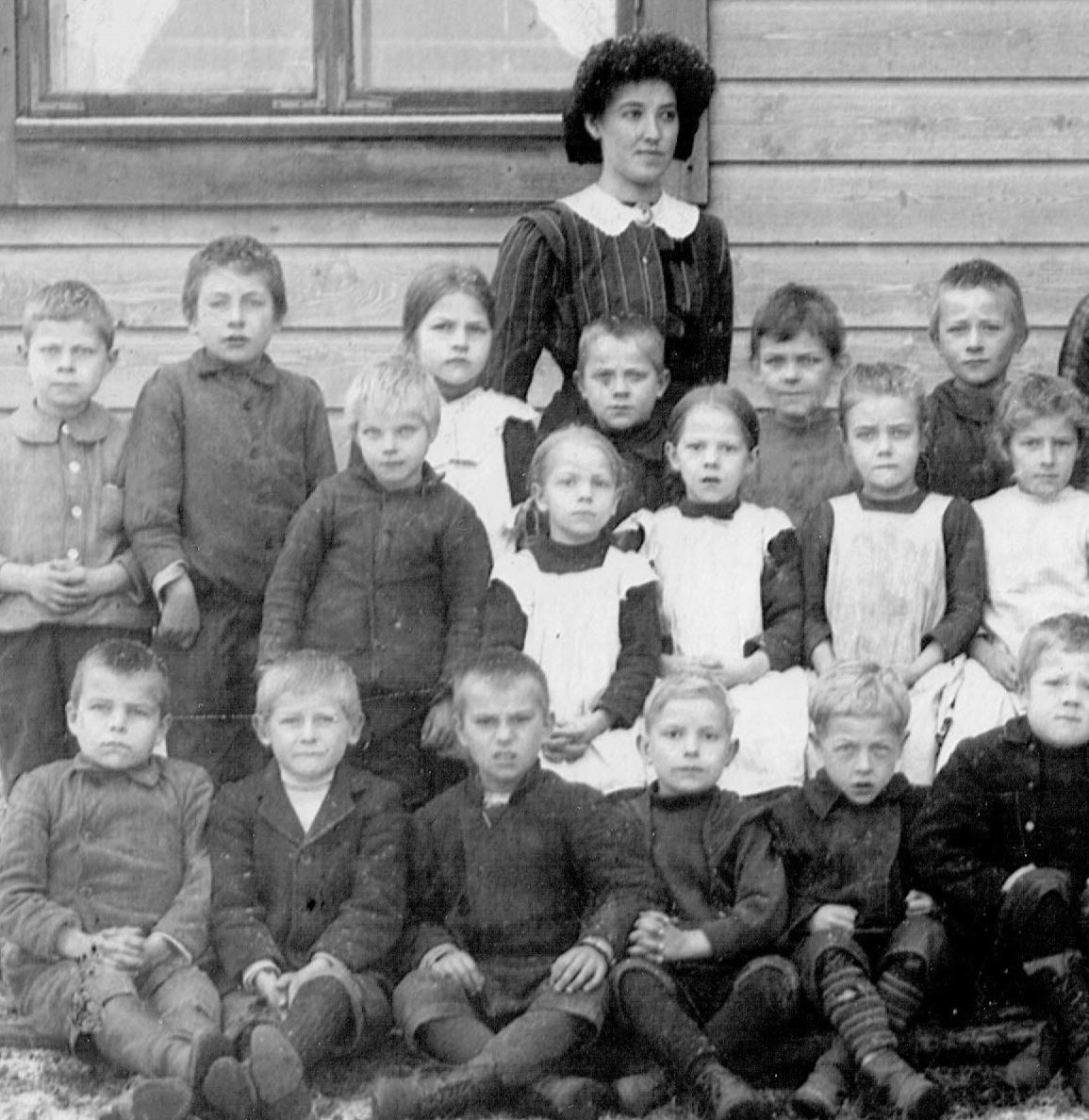
Women who were from a better family had difficulties finding a job during the 19th century. Because of their higher social status they were not able to work in a factory or as maid in farms. One of the few available professions was a teacher.
“Without a schooling you can’t be a proper copper smith”. The first school in Fiskars was established rather early, during 1826 because education was seen to be important also for manual laborers. Sunday was also a school day because the children working in the mills couldn´t participate school during the week. Teachers work days were between 8 and 10 hours and the school term lasted for 10 months.
Are you ready? Now you can put on the teachers outfit. Taking photos is allowed!
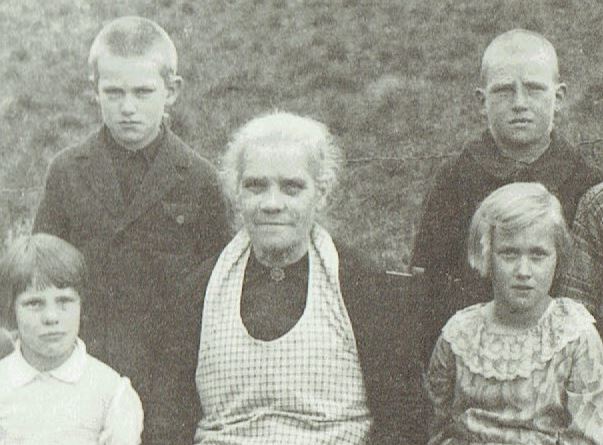
Mimmi became an ironworks teacher at 1893. She worked as a teacher for 40 years until her retirement at the age of 67. During her time the lessons were hold in Finnish and in Swedish. The Christmas parties were remembered to be quit a hassle because the students were singing carols in Finnish and in Swedish at the same time.
Back